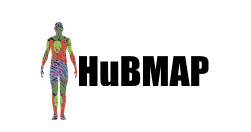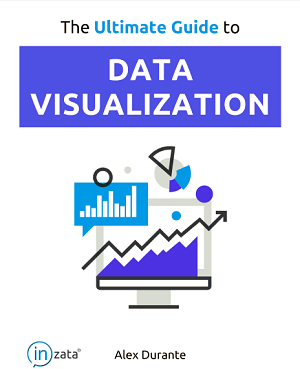HuBMAP (the Human BioMolecular Atlas Program) has released its inaugural data for use by the scientific community and the general public. Included in this release are detailed, 3D anatomical data and genetic sequences of healthy tissues from seven organ types, at the level of individual cells as well as many bulk tissue data sets. HuBMAP’s ultimate goal is to provide the framework required for scientists to create a 3D atlas of the human body.
Data Visualization is the study of the visual representation of big volumes of data. The main goal of data visualization is to communicate information clearly and effectively through graphical means. Learn about big data visualization products and strategies through these articles from the editorial experts at insideBIGDATA
HuBMAP Inaugural Data Release Puts Detailed Anatomical Data about Seven Human Organs at the Service of Scientists, Public
Video Highlights: BigQuery + Notebooks: Building an Analytics Pipeline on Kaggle
Your architecture choices impact how efficiently you’re able to use your data. In this “Snapshots” video produced by Kaggle, Data Scientist Wendy Kan demonstrates how she incorporates BigQuery and Kaggle Notebooks into her workflow. Watch her create an interactive network analysis graph that explores the most commonly installed Python packages!
The Rise of No-code Knowledge Graphs
In this contributed article, Marta V. Lopata, Chief Growth Officer at Kgbase, discusses the use of knowledge graphs. With a no-code approach, they bring the best of the data science world to medicine, finance, business, education and the arts enabling anyone to generate and visualize unique insights from siloed data sources.
Esri Provides Free Mapping Software for Organizations Fighting COVID-19
Esri, a leader in location intelligence, announced that it will be making its software available to public and private sector organizations fighting the COVID-19 disease pandemic.
COVID-19 Dashboard Uses Machine Learning to Track Global Pandemic
Anodot, the company pioneering the autonomous monitoring space, has launched a public service including a machine learning driven analytics dashboard that monitors locally reported COVID-19 cases, and notifies users when a particular region’s numbers change significantly.
The Ultimate Guide to Data Visualization
“The Ultimate Guide to Data Visualization” eBook by Inzata, discusses how data visualization is all about communication. With clear, easy to read charts and visuals, the information can be effectively read and understood. This guide discusses the different types of visualizations, the appropriate time to use each one, and how to design visuals that will communicate the data clearly.
Current-Day Problems with Analytic Rendering: Why an Open Standard is Needed and What an API Design Could Look Like
In this contributed article, Khronos Group discusses how visualization applications simply describe objects in a scene to be rendered to gain portable access to a range of rendering back-end implementations. But with a successful analytic rendering open standard, technologists will be able to access a wider, more diverse range of rendering capabilities and engines.
Interview: Nancy Duarte, Author and CEO of Duarte, Inc.

I recently caught up with Nancy Duarte, CEO of Duarte, Inc. and author of DataStory: Explain Data and Inspire Action Through Story to discuss her views on a topic that’s critical to successful data science projects – data storytelling. Nancy has contributed her expertise to MIT and Forbes and is a regular contributor to Harvard Business Review and Linkedin’s Influencer Program and can be heard on Lewis Howes, Art of Charm and Entrepreneur on Fire. She has an engaged following of 235,000+.
RPI Student Team Phase 1 Winner for Data Visualization Competition with “Mortality Minder” App
An app created by Rensselaer Polytechnic Institute students that identifies social conditions contributing to declining life expectancy at a community level is a Phase 1 winner in a data visualization competition sponsored by the U.S. Department of Health and Human Services.
Free Data Set Archive Helps Researchers Quickly find a Needle in a Haystack
Called the UCR Spatio-temporal Active Repository, or UCR STAR, the archive is made available as a service to the research community to provide easy access to large spatio-temporal data sets through an interactive exploratory interface. Users can search and filter those data sets as if shopping for their research, except that everything is free.










